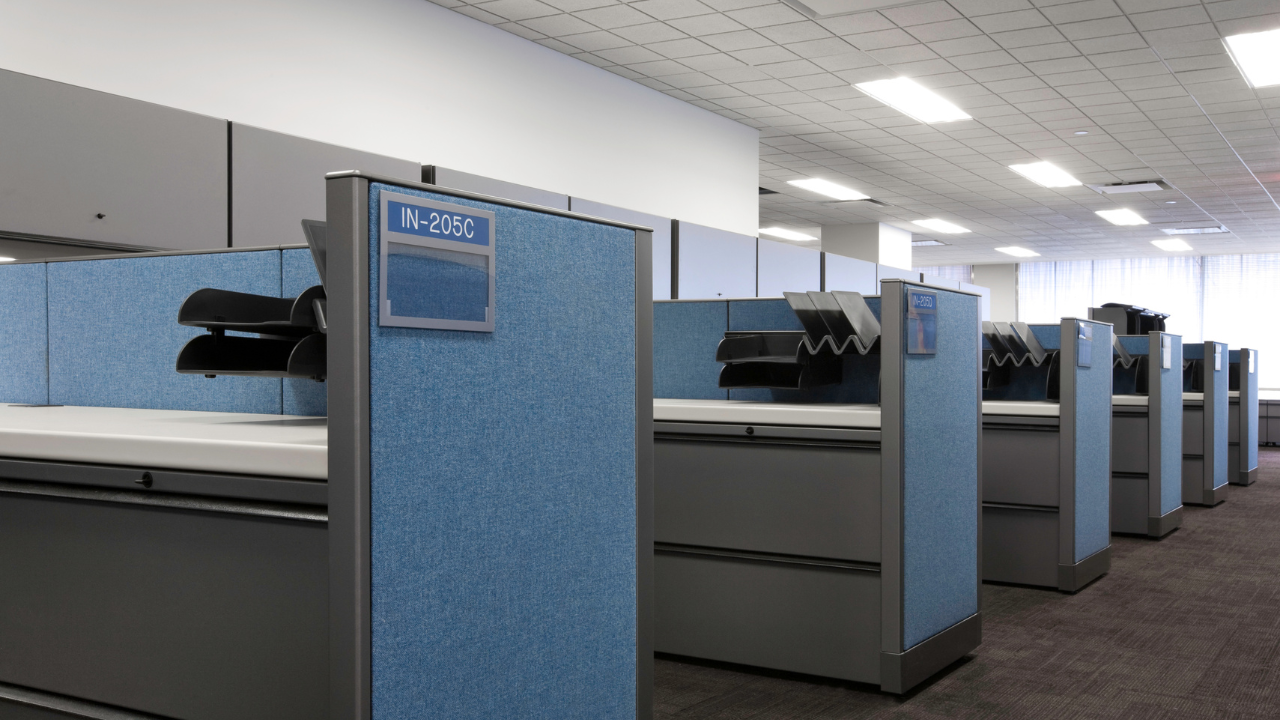Lessons from Lendlease's Struggles
In the ever-evolving landscape of commercial real estate, recent developments at Lendlease have raised eyebrows and sparked conversations across the industry. The Australian Financial Review’s recent report on Lendlease‘s plummeting profit and slashed earnings outlook has sent shockwaves through the market. Investors have reacted swiftly, punishing the company with a staggering 14% drop in share value. This downturn, coupled with scathing commentary from industry insiders, paints a grim picture of the challenges facing one of Australia’s largest property developers.
According to the AFR article, Lendlease’s core operating profit nosedived to $61 million, a significant departure from the expectations of analysts. Simon Mawhinney, managing director of Allan Gray, expressed his dismay, labelling the situation as “a mess” and lamenting the company’s underwhelming returns. Tanarra Capital’s chief executive, John Wylie, went further, declaring Lendlease’s business model as “broken” as the company is accused of consistently destroying shareholder value.
However, amidst these troubling revelations, it’s essential to recognise that the issues plaguing Lendlease are not a reflection of the quality of their product or the dedication of their workforce. As someone with close ties to the company, I can attest to the talent and hard work of many individuals within Lendlease. Instead, the challenges they face stem from a fundamental shift in the demands of the commercial real estate market.
The rise of flexible offices and coworking spaces and the growing emphasis on user experience, amenities, and community-building are reshaping the landscape of commercial real estate. Companies are increasingly prioritising flexibility and innovation in their workspace solutions, moving away from long leases in favour of environments that foster collaboration and creativity. This shift has introduced a new set of criteria for evaluating commercial properties, extending beyond traditional metrics like square footage and leasing rates.
For Lendlease and other companies entrenched in conventional real estate models, adapting to this paradigm shift presents a formidable challenge. The AFR article serves as a cautionary tale, highlighting the risks of clinging to outdated business models in an era of rapid change. However, they also offer valuable lessons for the broader industry.
It’s clear that landlords and asset owners must embrace flexibility and innovation to remain competitive in today’s market. The days of cookie-cutter office spaces are numbered, as tenants increasingly seek environments that align with their values and working styles. Landlords who fail to recognise this shift risk being left behind, as companies flock to spaces that offer the energy, amenity, and experience they desire.
For the past seven years, I’ve been advocating for the integration of coworking spaces into the fabric of commercial real estate. The events unfolding at Lendlease only reinforce my belief that this trend is not merely a passing fad but a fundamental transformation of the industry. Those who heed the call to adapt will not only survive but thrive in the new era of commercial real estate.
In simple, Lendlease’s recent struggles serve as a wake-up call for the entire commercial real estate sector. The days of static, one-size-fits-all office spaces are behind us, replaced by a dynamic landscape that prizes flexibility, innovation, and community. As the industry grapples with these changes, the companies that embrace them will emerge as leaders in the evolving world of commercial real estate.
I’m always here to help where I can
Respectfully,
Tobi.



